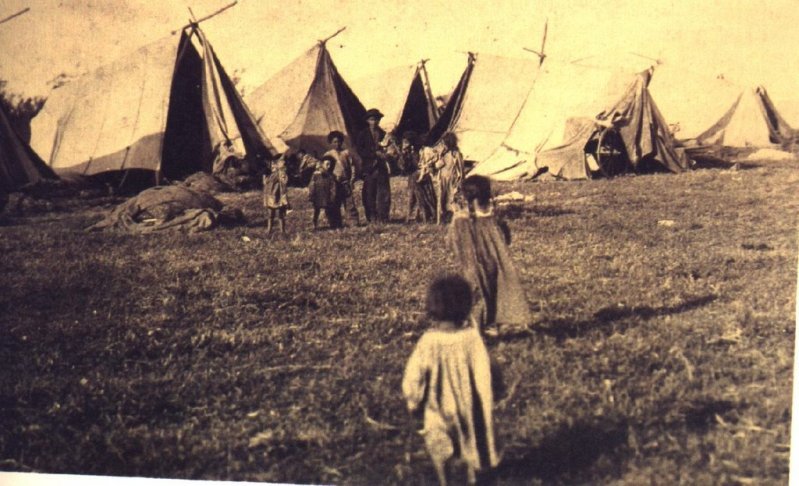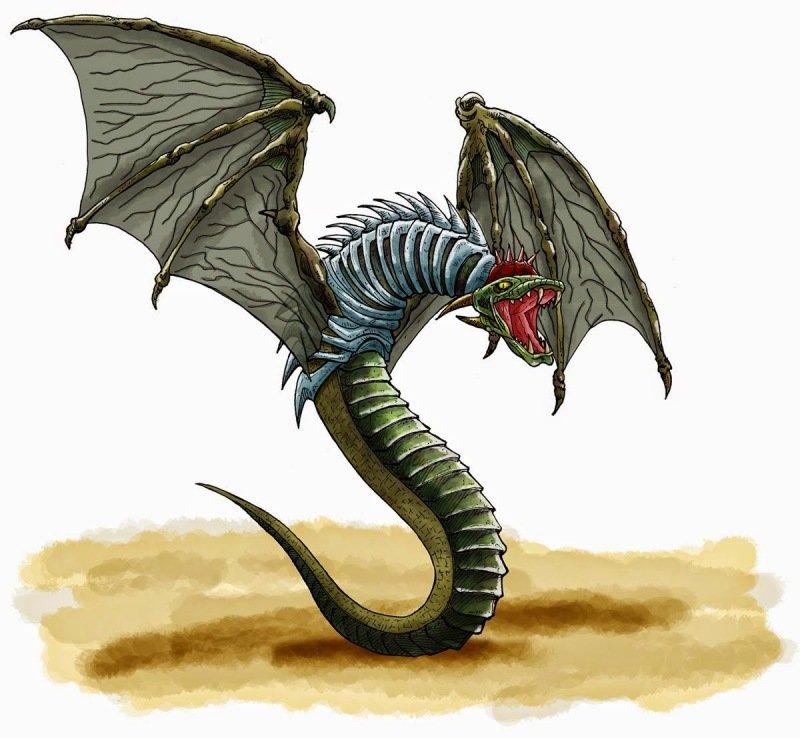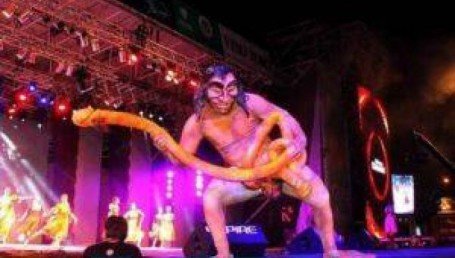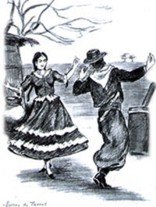Guys if you are into short posts, please skip on.
This post is 8-10 minutes read but is a part of the culture of my country. Thanks for reading.
Before we dive in into the amazing world of the Argentinian folklore, let us understand the slight difference between mythology and folklore.

Image source: http://empedrados.blogspot.com.ar/2006_09_01_archive.html
Mythology, in my understanding is the old parent of a nation’s religion. It paints for us the picture of a certain world, which has elements of religion, art, and practical and scientifically related roots.
Folklore is very similar, but, it is a nation’s collective creation. It’s an artistic, somewhat chorographical representation. It is unlike mythology, a creation of a nation with no books and paper.
The art and the language of people who couldn’t write.
Certainly folklore developed from mythology.
The main difference is that a myth – is a sacred belief of a nation- whether folklore is it art.
Argentine myths and legends
The Basilisk

Image source: http://rz100arte.com/monstruos-mitologicos-argos-2/
Say the grandmothers santiagueñas that the Basilisk is a snake with legs and head of cock. That has the penetrating gaze, that kills with just to look into the eyes of the people. In addition his breath is so strong, that plants wilt when he draws his breath on them.
Born of a hen egg placed at midnight, without bud, and hatched by a toad. To kill him you must place a mirror in front of him, for self fulmine. Not kidnapped, nor frightens people. Care should be taken to find it because of the risk of dying fulminated by his gaze. The dispersion of the legend is in the Argentine northwest assert, that the treasures or "capped" hidden in the caves of the mountains, are guarded by Basiliscus. Perhaps this statement is a transmission does not systematically the belief european of the early times of the mining.
They said the miners who in the caverns died victim of the encouragement of this terrible animal. In reality it was poisonous gases, whose presence learned later to protect themselves. As with all popular legend, when a physical phenomenon exceeds the knowledge that holds the man who observes, finds an outlet simple and satisfying, through the fables and stories.
In antiquity, the inhabitants of the region of Cantabria (Spain) claimed to know the Basilisk and the weapon that used to protect themselves against it, was a rooster who carried under the arm, to sing in the presence of the devil, only capable (the rooster) to counteract its power. In old treaties of Medieval History and China, we find stories of Basiliscus very often. In addition in Europe is used to baptise the artillery pieces, with names of animals that shaped an allegory to its power of destruction.
Basilisk was called to a piece of artillery, bronze, large caliber weapons, that fell into disuse by the uncomfortable for handling it. As a result of the cultural imposition that meant the forced implant of religion brought by the Spaniards, and the silent resistance to abandoning their ancient gods of part of the natives, occurred a disordered syncretism of some cultural issues.
Then it is common to find indistinct limits between paganism and religion (official). So we have a presence of Basiliscus in the concurrency of Salamancas, or custodians of ancient treasures in gold and silver buried by the Spanish adventurers or bishops powerful toward the possibility of looting.
The Curupí or Curupiré

Image source: http://www.lavozdecorrientes.com/notix/00398/imprimir
The Jesuit José de Anchieta, notable naturalist Spanish called "Apostle of Brazil" for his outstanding work of missionary activity in Sao Paulo (city arising from a mission founded by the religious) says of him: ... The Kurupí or Kurupiré is a minor daemon of the guarani religion (guaraníes are a aborigen tribe of Argentina). It is a small man, with squamous leather and pointy ears, that has the particularity of having the feet backwards, that is to say, he walk and moves with the heels. But its main feature is its member virile that gives several turns to his waist and with which, from a distance can impregnate a woman... ...Sometimes steals creatures better if they are of the female sex and other arrives to assassinate the hunter unaware that will not let your hunting, by eating his heart...
In this way I am presenting the phallic myth of the guarani, symbol of the abundance, the multiplication of the species. The lust is a feature of the human being, that does not come in heat seasonally as animals, but living permanently in an attitude of mating. The moral barrier imposed mainly the church, has allowed a coexistence of respect for the opposite sex. The modern man is guide with rules by him imposed, that accepts and respects, creating a scale of values that are very useful to your social life.
Our Curupí, has its equivalent in the Greek god of forests, fields and fertility. This god European, called Pan, had horns, ears and legs of a goat, therefore governed the life of the shepherds and goatherds. Its ugliness was that women, especially the nymphs (Greek or Roman divinity that lived in the sources, forests, grasslands, rivers and the sea) escape from him. Pan, knowing the weakness that these deities were by the music and the dance, built a flute of reeds, with which he seduced they running incomparable melodies.
In the world guaranítico Curupí is said to have the phallus so long, which wraps up to the waist. With it you can attract from the distance to women for make they pregnant. It is described as a young man, hairy, low stature, who wanders naked in the afternoon nap (siesta) for forests, looking for girls who walk solitary, to placate his lust. Mothers tend to frighten their daughters to do not venture alone in the jungle. If they were with Curupí, could be pregnant, and if they manage to escape the temptation that makes them with obscene signs from the ramazones, they can lose the reason, taking from that moment from epilepsy attacks.
It is awkward to scroll, therefore affirms that it is very easy to make fun of him and that furthermore, cutting his phallus becomes harmless. Ayala Gauna describes it as a dwarf copper, robust, able to strangle with their powerful hands, but with a body clumsy, one-piece (that is to say, devoid of joints) and feet directed backwards. It is easy to easily get around it climbing to a tree, because he cannot rise. Not can swim, or does so with great difficulty. In this version is anthropophagic, preferring the meat of children and women. Juan Bautista Ambrosetti relates it to the Yasí Yateré, since he believes that it is a variant of that, maybe due to the fact that in their research compiled that like to abduct children to lick. Other authors have described it as the guardian of the mount, confusing its role with the Pombero.
I personally believe that is the channelling of sexuality exacerbated the inhabitants of places inhospitables or lonely. Of equal, so Europeans used the figure of the Faun (Roman) Pan (Greek) or Satyr (Greek) to understand the tendency to lust of men. Curupí was a resource born with the arrival of Christianity, where mixed the rigid moral rules of the new religion, with the old mythical knowledge. It was used by mothers in the area guaranítica to avoid the children of single mothers, or put a brake on girls ardent, which otherwise charged with numerous progeny without father who is in charge of them.
Two tipycal Argentine dances.
Chacarera (from Santiago del Estero)
The chacarera is a lively dance that, as most of the folkloric dances argentinas , it is danced in couples. This is loose - since the dancers do not touch - and independent , or that make alone their evolutions, without combined with another couple.
Musically consists of four phrases in which they are sung the coplas and an interlude that is only instrumental, interleaved after the first and second copla and also serves as an introduction this interlude a feature coreografica, because it can take six or eight bars and as corresponds to the figure of full turn, varies in the same way the duration. The musical accompaniment that is used is generally of guitar, violin, accordion and of course, the bombo, which shines with its typical repiques.
In the choreography introduces a special picture that is the forward and reverse, which consists of four bars. As in almost all of our dances, consists of two parts . The second it dances like the first but changing the initial position.

Image Source: http://www.portaldesalta.gov.ar/chacarera.html
In the choreography introduces a special picture that is the forward and reverse, which consists of four bars. As in almost all of our dances, consists of two parts . The second it dances like the first but changing the initial position.
This is a Chacarera dance and song:

Video Source: https://www.youtube.com/channel/UCq7_l-gl3ojVCjmXIMqDxbg
The song is "The higway bridge" or "El puente carretero" (spanish)
Chamamé (from Corrientes)
It is unquestionably the main representation of the dance and the music of Corrientes, inevitable in any event or holiday, both public and family. The chamamé is a lively and animated dance, which deserves to be known and enjoyed by those who choose to visit the province of Corrientes. This rhythm is a cultural element that transcends the music, because it becomes personal and collective expression. When someone can describe the feeling of all in the music, in the letter.
Then comes the sapukay, from the depths of the soul. The poems and the themes that are described in the songs are a clear expression of the everyday life, the origin and the traditions of flows.
In its origins, Chamamé was a rural dance couple, but the aforementioned expansion by the whole area first, in Mesopotamian the rest of the country then was also produced as a genre vocal - instrumental. The Chamamé is today, one of the few Argentine folk dance that is danced on a massive scale throughout the country and that has never lost its validity.
There are several types of Chamamé, reflecting different emotional states or circumstantial of it promoters.
Chamamé Dance- El toro (The Bull)

Video Source: https://www.youtube.com/channel/UCKFBdvZTX9hYbSQPoT7lJhA
